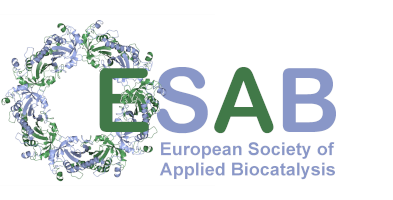Process developments by application of reaction engineering approach: biocatalytic synthesis of enantioenriched fluorinated hydroxynitrile
Abstract
Nevena Milčić / University of Zagreb Faculty of Chemical Engineering and Technology, Zagreb, Croatia
Ana-Katarina Marić / University of Zagreb Faculty of Chemical Engineering and Technology, Zagreb, Croatia
Krešimir Kos / University of Zagreb Faculty of Chemical Engineering and Technology, Zagreb, Croatia
Martina Sudar / University of Zagreb Faculty of Chemical Engineering and Technology, Zagreb, Croatia
Maja Majerić Elenkov / Ruđer Bošković Institute, Division of Organic Chemistry and Biochemistry, Zagreb, Croatia
Zvjezdana Findrik Blažević / University of Zagreb Faculty of Chemical Engineering and Technology, Zagreb, Croatia
Topic: Biocatalytic Process Engineering
The application of reaction engineering approach for the biocatalytic synthesis of optically pure (S)-3-(4-fluorophenyl)-3-hydroxypropanenitrile is demonstrated. Cyanolysis of rac-2-(4-fluorophenyl)oxirane was selected as a model reaction, exploring the potential for the optically pure synthesis with the halohydrin dehalogenase variant ISM-4 displaying enantiopreference, yet not absolute enantioselectivity. This study involved development of mathematical model based on kinetic characterization of both biocatalytic reactions, substrate hydrolysis, and enzyme stability. To mitigate enzyme inhibition and deactivation at higher substrate concentrations, a switch to a fed-batch reactor and a repetitive batch reactor was performed, yielding 75 mM (eep > 90%) and 145 mM (eep > 80%) of product, respectively. Synthetic potential was also demonstrated on a preparative scale using immobilized E. coli cells in a rotating bed reactor (RBR) yielding 17.9 mM of desired product (eep = 92%, Y = 71.6%).
